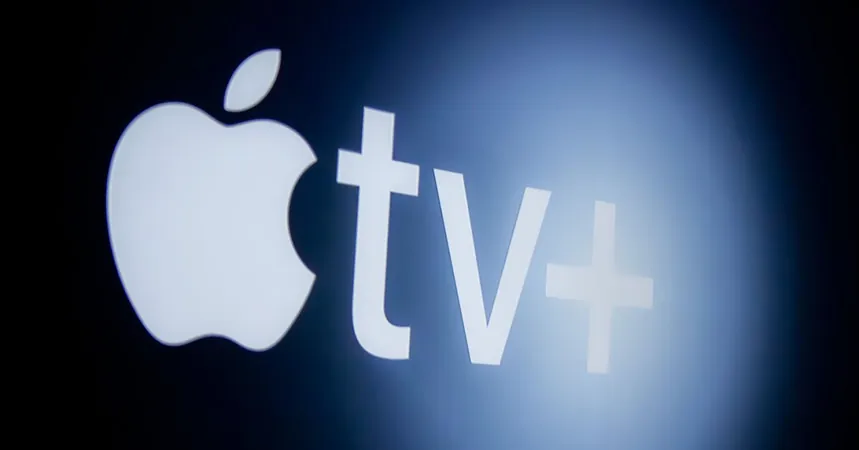
Unveiling the Cosmos: Euclid Space Telescope's Groundbreaking 3D Map of the Universe
2024-10-15
Author: Jessica Wong
Introduction
The universe is unveiling its secrets, and the first glimpses of what promises to be the largest 3D map ever created have been revealed! With an astonishing 14 million galaxies and countless stars from our own Milky Way showcased in unprecedented detail, the EUCLID mission is set to change our understanding of the cosmos.
Mission Overview
Launched in 2023 by the European Space Agency (ESA) with vital contributions from NASA, the Euclid telescope has already sent back its initial snapshots as early as November 2023, and further data followed in May 2024. This ambitious project aims to construct a comprehensive 3D representation of the universe through time and space, with a focus on unraveling the enigmas of dark energy and dark matter—together, they account for an astounding 95% of the universe's total mass and energy.
Latest Data Release
The latest data release features a stunning 208 gigapixel mosaic, encompassing 1% of the final map. Over the next six years, Euclid will observe a third of the sky, capturing billions of galaxies that span up to 10 billion light-years away. The insights gleaned from this endeavor are anticipated to revolutionize our astrophysical knowledge and yield discoveries that could change everything we know about the universe.
Expert Insights
Professor Mat Page, who heads Euclid's visible instrument (VIS) camera at University College London, expressed excitement about this unparalleled achievement. "This level of detail is unprecedented," he explained. "Before Euclid launched, a survey of such a vast swath of sky at such high resolution had never been accomplished."
Visual Highlights
He continued, "For the first time, we can observe faint cirrus clouds in our own Milky Way and distinguish every star illuminating them with incredible clarity. And this is merely a glimpse of what’s to come; the full survey will yield an astronomical bounty of discoveries."
Captivating Images
The ESA has released numerous captivating images, highlighting regions of the sky captured by the new mosaic. Observers can spot light blue regions, which are actually galactic cirrus clouds made up of gas and dust floating between stars in the Milky Way. These delicate clouds reflect optical light, making them visible to Euclid's ultra-sensitive camera.
Striking Features
As we zoom in on the mosaic, other striking features emerge, including the spiral galaxy NGC 2188 and the galaxy cluster Abell 3381. In fact, a stunning close-up—600 times the original mosaic's resolution—reveals a distant swirling galaxy in breathtaking detail.
Scientific Significance
The mission is not just about obtaining visuals; it's a quest to understand the forces shaping our universe. Dark matter and dark energy, phenomena that have puzzled scientists for decades, will finally be accessible for deeper study thanks to this remarkable undertaking.
Conclusion
Stay tuned as Euclid continues its celestial journey; who knows what other cosmic wonders await us as we explore the vast expanse of space!




 Brasil (PT)
Brasil (PT)
 Canada (EN)
Canada (EN)
 Chile (ES)
Chile (ES)
 España (ES)
España (ES)
 France (FR)
France (FR)
 Hong Kong (EN)
Hong Kong (EN)
 Italia (IT)
Italia (IT)
 日本 (JA)
日本 (JA)
 Magyarország (HU)
Magyarország (HU)
 Norge (NO)
Norge (NO)
 Polska (PL)
Polska (PL)
 Schweiz (DE)
Schweiz (DE)
 Singapore (EN)
Singapore (EN)
 Sverige (SV)
Sverige (SV)
 Suomi (FI)
Suomi (FI)
 Türkiye (TR)
Türkiye (TR)